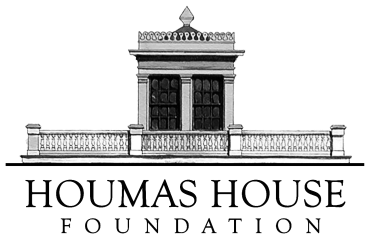 |
CLAIMING LOUISIANA FOR FRANCE The journey began in December 1681, with 23 French Canadians and 18 Indians, when there was ice on the rivers. Twelve canoes were used, and at times the canoes were dragged across the ice. Distances were measured in leagues. Along the way, the expedition met with many Indian tribes and made peace by offering gifts. On April 9, 1682, at the western mouth of the Mississippi River (now Venice, LA), La Salle solemnly took possession of the entire Mississippi Valley for France, naming the territory Louisiane after King Louis XIV. On a high point of ground, the expedition prepared a column and a cross. The arms of France were attached to the column with the name of King Louis and the date. A ceremony was held, with a salute of firearms, and La Salle erected the column, in the name of King Louis XIV. The territory claimed was all the land along the Mississippi River, and all the rivers that flow into the Mississippi, including all the nations, people, towns, villages, mines, minerals, fisheries, streams and rivers, ports, and harbors. Louisiana extended from the Gulf of Mexico, north to Canada, and from the Ohio and Mississippi River, west to the Continental Divide of the Rocky Mountains. (Eastern Colorado was part of French Louisiana and later Spanish Louisiana.) A cross was attached to a tree. A lead plate was buried at the foot of the tree, with an inscription in Latin of the land claim. Then La Salle said that King Louis would claim no land for his crown without establishing the Christian religion there. A cross was erected, songs were sung, and the ceremony concluded with Vive le Roi! (Long Live the King!) |
|
FRENCH COLONISTS IN LOUISIANA La Salle returned to France in 1684 and was granted command of Louisiana. He sailed with four ships and 320 French colonists back to Louisiana. In 1685, they missed the mouth of the Mississippi River, and landed 400 miles further west on the Texas coast, building Fort Saint Louis. La Salle was killed in Texas in 1687 in a mutiny by members of his exploration party. The colony only lasted for 3 years. Most colonists were killed by Indians and disease. Some sailed back to France. The Spanish destroyed the remains of the fort in 1688. New Orleans was founded in 1718. In 1803, Napoleon Bonaparte sold French Louisiana, a part of New France, to the United States in the Louisiana Purchase, when Thomas Jefferson was President. |
 |
FRENCH LAW IN LOUISIANA
French law is based on Roman Law. French notaries are empowered to prepare certain legal documents as well to notarize documents. Louisiana notaries still follow the French law and are authorized to draft certain legal documents. In all other states, the laws are based on English common law and notaries have much less legal authority.
